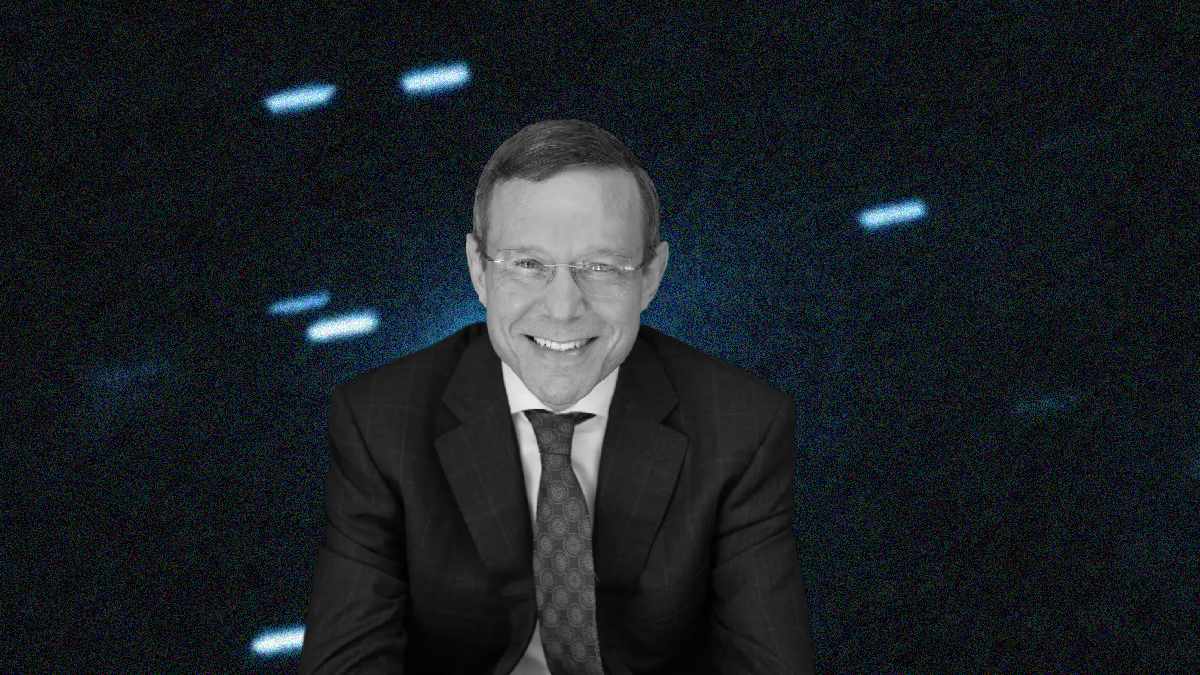Science
Harvard Scientist Accuses NASA of Withholding Comet Images

Harvard astrophysicist Avi Loeb has publicly criticized NASA for allegedly failing to share images of the comet 3I/ATLAS, which he describes as a potentially dangerous celestial body. During a recent interview on “The Joe Rogan Experience,” Loeb claimed that his request for images taken during the comet’s flyby near Mars went unanswered. He highlighted that the best photographs of 3I/ATLAS were captured on October 2, 2025, when the comet came within 30 million kilometers of Mars.
The images in question were obtained using NASA’s HiRISE camera, part of the Mars Reconnaissance Orbiter. According to Loeb, these images have not been made publicly available, raising concerns about transparency in scientific communication. He noted that he reached out to the principal investigator of HiRISE for the data but received no response.
Loeb further asserted that the images would contradict NASA’s public statement regarding the comet’s tail, which the agency claimed transformed into a typical comet tail. He pointed out specific anomalies, such as a jet of four grams of nickel per second emanating from 3I/ATLAS, noting the absence of iron in its plume—a characteristic unusual for a comet.
In previous comments, Loeb has speculated that 3I/ATLAS might be an alien reconnaissance probe, predicting that its trajectory on October 29 would be a pivotal moment for Earth. Despite his theories, skepticism remains prevalent within the scientific community.
Professor of Particle Physics at The University of Manchester, Brian Cox, dismissed the notion that 3I/ATLAS is anything other than a natural comet composed of carbon dioxide, water ice, and other materials. He emphasized that its orbit is predictable and that it will continue its journey through the galaxy, potentially encountering other inhabited solar systems far in the future.
Cox remarked, “Just to be clear—given recent drivel online—Comet 3I/ATLAS is a comet, made of carbon dioxide and water ices and bits of other stuff. It is entirely natural in origin.” His comments highlight the divide between those who support Loeb’s theories and those who advocate for a more conventional understanding of celestial bodies.
As the conversation surrounding 3I/ATLAS continues to evolve, the scientific community remains attentive to both the data that emerges and the implications of its potential discoveries. The discussion not only reflects on the nature of the comet itself but also on the broader questions of transparency and collaboration in scientific research.
-

 World4 months ago
World4 months agoSBI Announces QIP Floor Price at ₹811.05 Per Share
-

 Lifestyle4 months ago
Lifestyle4 months agoCept Unveils ₹3.1 Crore Urban Mobility Plan for Sustainable Growth
-

 Science3 months ago
Science3 months agoNew Blood Group Discovered in South Indian Woman at Rotary Centre
-

 Sports3 months ago
Sports3 months agoBroad Advocates for Bowling Change Ahead of Final Test Against India
-

 World4 months ago
World4 months agoTorrential Rains Cause Flash Flooding in New York and New Jersey
-

 Top Stories4 months ago
Top Stories4 months agoKonkani Cultural Organisation to Host Pearl Jubilee in Abu Dhabi
-

 Science4 months ago
Science4 months agoNothing Headphone 1 Review: A Bold Contender in Audio Design
-

 Top Stories4 months ago
Top Stories4 months agoAir India Crash Investigation Highlights Boeing Fuel Switch Concerns
-

 Sports3 months ago
Sports3 months agoCristian Totti Retires at 19: Pressure of Fame Takes Toll
-

 Business4 months ago
Business4 months agoIndian Stock Market Rebounds: Sensex and Nifty Rise After Four-Day Decline
-

 Politics4 months ago
Politics4 months agoAbandoned Doberman Finds New Home After Journey to Prague
-

 Top Stories4 months ago
Top Stories4 months agoPatna Bank Manager Abhishek Varun Found Dead in Well









